










First and foremost, it is a privilege to be taking on the mantle from my esteemed predecessor, whose reign as Editor-In-Chief witnessed the growth of Amenities Magazine from its first issue in Autumn 2016 through to our last issue in Winter 2020.
Leading us to inspire the industry, our former Queen, Debra Bradbury-Ward, paved the way for the future of Amenities and its commitment to going above and beyond in challenging industry standards.
As I look to usher in a new era of Amenities Magazine, I have taken some time to consider what my first welcome as Editor-In-Chief should include. Admittedly, I am a little unsure of where to begin. Trawling over the topic of the pandemic, and its impact, seems a little cliché, especially as it now feels a lot like ancient history and some sort of strange indescribable blip in the matrix. However, and perhaps I’m getting a little philosophical post-pandemic, it’s my thought that everything happens for a reason.
Undoubtedly the pandemic has had a profound impact on people both in their working lives and their personal ones. Amenities itself took time to reflect on our own position in the market and our way forward through such adversity.
However, what I am absolutely sure of, and believe is instilled in our human nature, is the tenacity of our beloved industry and cannot be prouder to be a part of a community that has come back fighting bigger and better than before.



Rising to the challenge of change, the industry perspective has shifted and perhaps this wakeup call from the universe was exactly what we needed, disrupting the mindless 9-5 we had all bought into, but we had forgotten our reasons why.
Prioritising those values that truly matter with Sustainability and Wellness taking the lead, airlines are now answering to the call of the compassionate consumer. As for our own accountability, with this as our first issue since the pandemic, we are refocusing on providing educational content for a new generation of airline professionals, and showcasing emerging trends and products that aim to elevate the passenger experience in this brave new world.
Shaped by the incomparable expertise of our contributors, who I would like to thank for not only their commitment to the work but their generosity of spirit, this issue proudly covers the questions of Net-0, Children’s Kits, wellness onboard, and the influence of ‘Aspirational’ consumers on branding. As my first issue as Editor-In-Chief, I know that this is only just the beginning, a preface, as you will, for a brand-new chapter.
Editor in Chief Lily-Fleur Bradbury








No longer a buzz word, but a MUST word, sustainability is now a priority across all global industries.
We delve into some of the essential touchpoints any airline should consider when venturing into the world of children’s kits.
United Airline’s partnership with WESSCO International and Therabody signifies the first innovative move in whole heartedly supplying self-love.
In the age of the aspirational consumer, do brand partnerships really help airlines reach their fullest market potential?
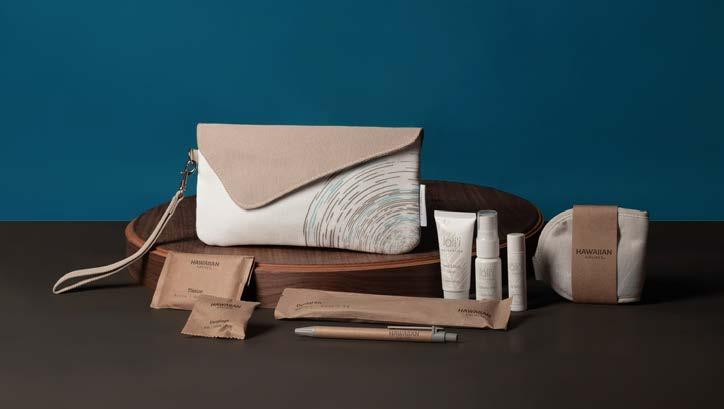

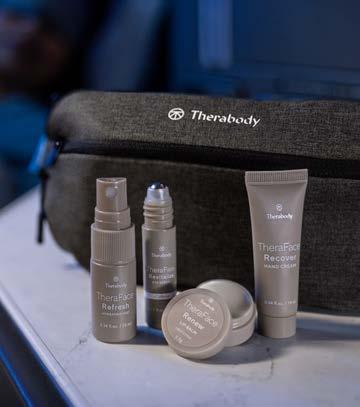
Residence and First Class: Receive a stylish Giorgio Armani x Etihad branded large folio bag, an industry-leading size that seamlessly combines fashion and function.
With an undercurrent of wellness both for humanity and the world we live in dominating all aspects of the industry, we felt this beautiful image poignantly captures both dreams for the future and faith in our potential to change and evolve. It simply reflects all that has been, all that is and all that we hope will be.


For 40+ years, WESSCO has specialized in supplying a wide range of products for airlines worldwide. From amenities, to passenger comfort, to food & beverage service ware, we design and deliver the items you need to provide an exceptional experience for your passengers.

Join us at WTCE in Hamburg, May 28-30, to explore our wellness offerings and more. Please email us at info@wessco.net to make an appointment. We look forward to seeing you there!
www.wessco.netinfo@wessco.net











No longer a buzz word, but a MUST word, sustainability is now a priority across all global industries. Airlines are increasingly under more pressure to reach Net Zero and are held accountable for their environmental impact now more than ever.









All products, including amenities, have some level of environmental impact due to the production, logistics, supply chain or waste process.
The end result may be a kit full of biodegradable goodies but there are many steps required to bring each item together, and, consequently, an understandable increase in carbon footprint. Consumer awareness and demand for transparency means this surface-level sustainability just won’t wash anymore.
With this, comes an urgent need for suppliers to reflect on their business practices and the services they are providing airlines, and it looks like world-renowned supplier FORMIA are set on leading the way with their new mission to become Net Zero across all aspects of their business.
Quite simply, as put in the Oxford Dictionary, Net Zero is ‘a target of completely negating the amount of greenhouse gases produced by human activity, to be achieved by reducing emissions and implementing methods of absorbing carbon dioxide from the atmosphere.’
In recent years, this initiative has become the main framework for climate action with over 140 countries introducing Net Zero legislation along with thousands of corporations, including airlines and airports, who have made commitments to achieving Net Zero emissions targets. Net Zero refers to achieving a balance between the total greenhouse gas (GHG) emissions produced and the amount removed from the atmosphere. To meet the ambitious 1.5°C target set by the Paris Agreement, countries and organizations aim to reduce emissions significantly and offset any remaining emissions.
It’s an uphill battle that the world over is facing in an attempt to restore balance. But how does supplier FORMIA plan to achieve this goal?
While they have long considered conscious and responsible design across their work within the industry, the supplier formally began their sustainability journey in 2020. The first step was to develop a sustainability strategy. The vision: ‘to change the way amenities enhance your experiences and impact our world’. With this in mind, FORMIA developed 3 interconnected pillars that directly support both their vision and their purpose: Meaningful Partnerships, Conscious Design and Responsible Production.
Taking this a step further, the supplier committed themselves to 5 interrelated and ambitious targets focusing on: Sustainable Materials, becoming a Net Zero company, offering Circularity as a Service, Stakeholder & Community Engagement and Transparency. Now with a detailed strategy in place, FORMIA were able to start exploring and developing ways to fulfil their targets.
But that is always easier said than done and so with a huge task on their hands, the supplier partnered with The REBEL Group, a future-focused advisory in order to quantify their environmental footprint. Unsurprisingly, they identified
that decarbonising their supply chain was the most critical and challenging area to address in meeting their new Net Zero goals.
Initial focus was placed on the use of sustainable materials to address customer and passenger expectations. In a second step, FORMIA initiated engagement with their suppliers to better understand their sustainability ambitions and assess how they could best support them to become more sustainable. Afterall, they could only reduce their own emissions if their suppliers were successfully reducing theirs.
The area that FORMIA found offered the biggest potential for reducing supplier emissions was in renewable energy, and so they are now working closely with their key suppliers to support their transition to renewable energy and also plan to support them with energy efficiency and production-related waste reduction programs for the future.
Their work with REBEL Group included performing Greenhouse Gas (GHG) Assessments at a company level to understand their environmental impact across their value chain helping them to measure their progress year on
year. FORMIA have also run Life Cycle Impact Assessments for various clients, which enabled FORMIA to share detailed impact data with them.
It’s this detailed analysis that makes FORMIA the frontrunner in their field, eliminating the additional work for airlines when it comes to their onboard amenities and helping to reduce their footprint in the skies. Not only this but, FORMIA’s industry-first initiative has proven to be invaluable in supporting product comparisons and data-based decision making and as a result has led to more sustainable outcomes.
Whilst continuing to increase the usage of sustainable materials, the supplier has also ramped up their engagement with key stakeholders, upskilling their staff to solution-oriented discussions with their customers, brands and suppliers. Other areas of potential carbon reduction that they are exploring include Transportation & Logistics, Circularity, Traceability and Office related energy consumption. Additionally, this year, the supplier has also initiated a Sustainability Fund to further accelerate their efforts, with a focus on Research & Innovation, Partnerships & Collaboration and Decarbonization.


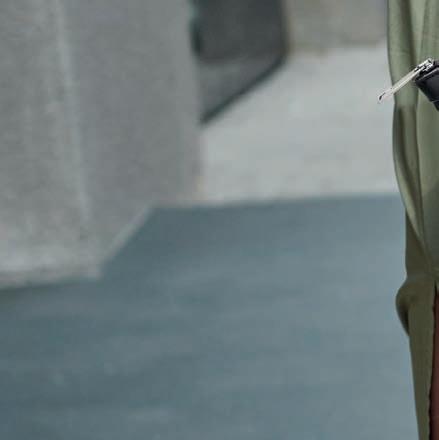

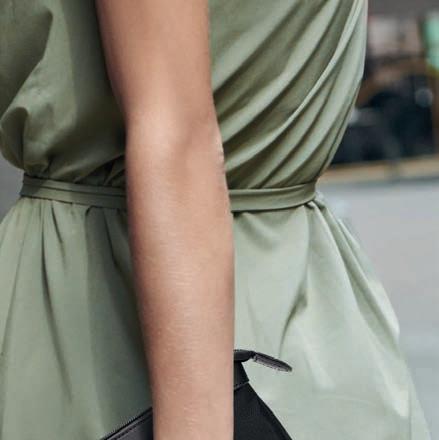


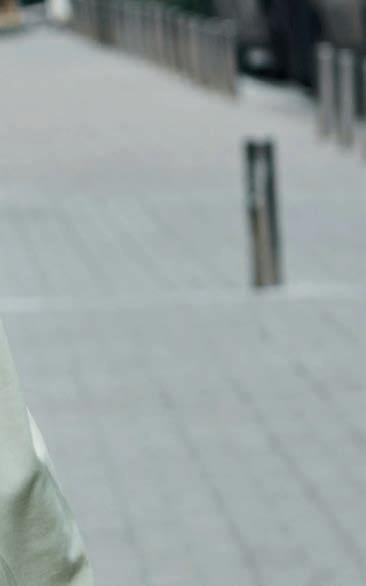

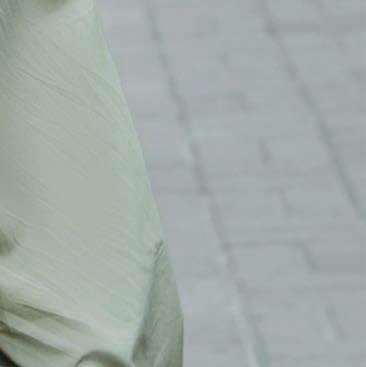
There are a lot of ideas up in the air for the supplier to play with, but we can safely say, at least they are doing the groundwork and taking accountability for their own climate contribution. It’s true, the final destination may be a long way off, but with their level of commitment and focus, FORMIA are determined to accelerate positive change, not only with the products they design and create but also as a company.
KLM Airlines has recently introduced a unique and eco-friendly amenity kit. These kits are made using REPREVE® Our Ocean™ fabrics sourced from recycled plastic bottles. By salvaging oceanbound plastics from developing countries, KLM is contributing to reducing its environmental impact on the planet. This sustainable initiative is a step forward in the right direction.
These bags’ versatility goes beyond travel. They can also be used as everyday containers for groceries, essentials, or travel gear. The amenity kit concept embodies innovation and environmental responsibility, which are critical today.
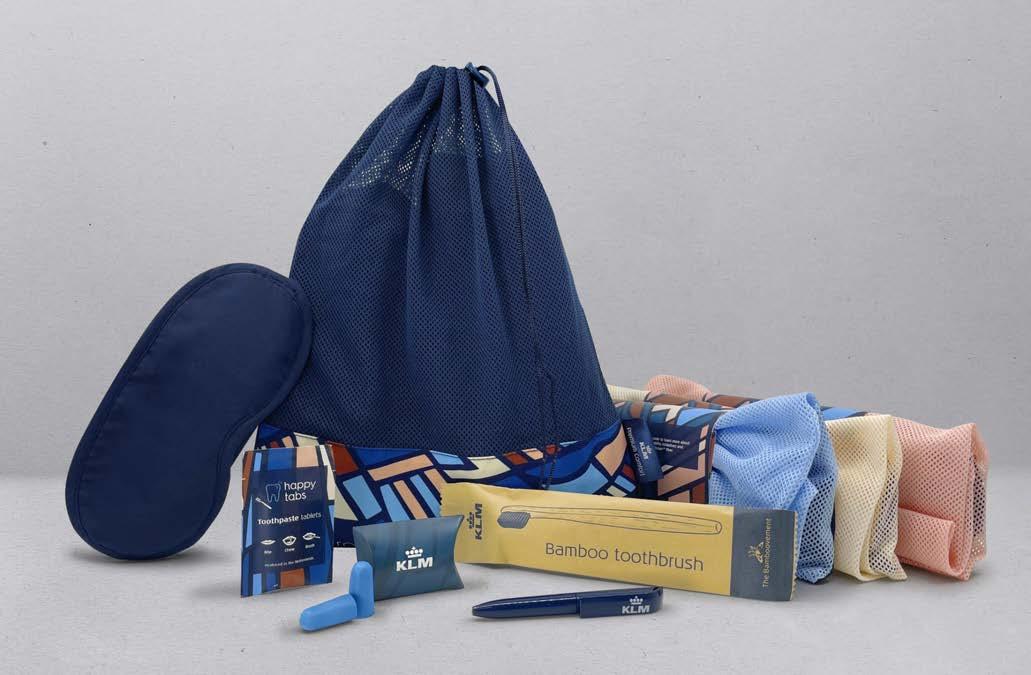
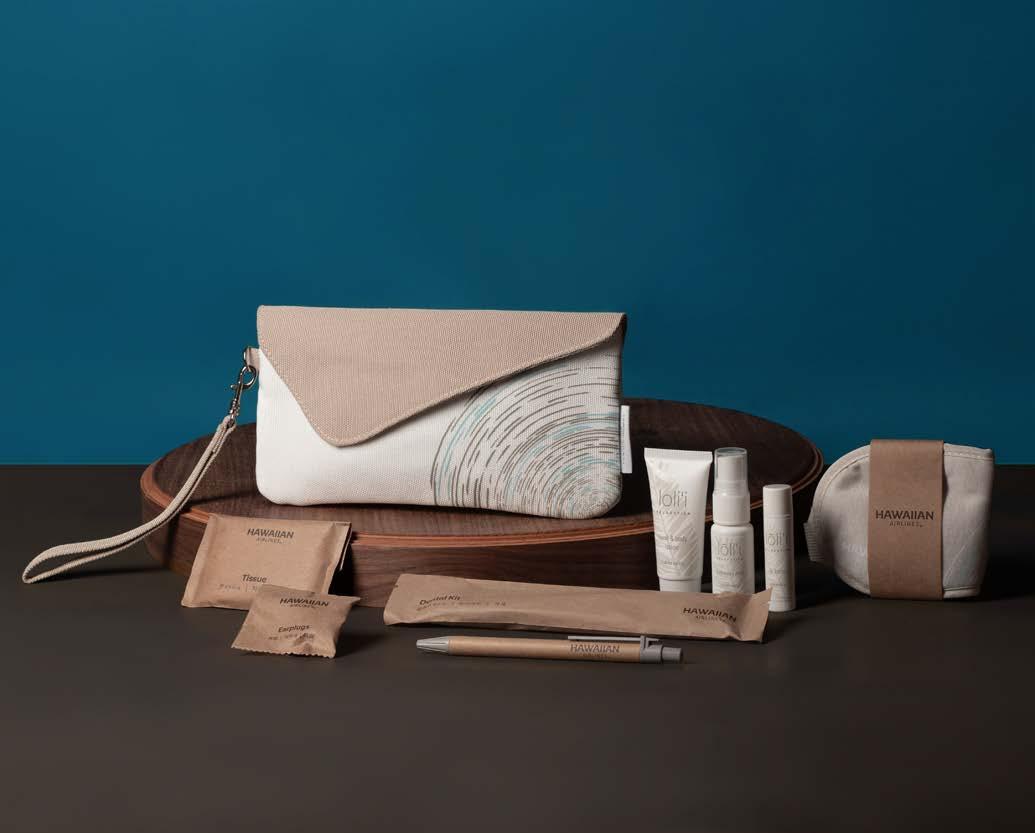
Hawaiian Airlines has collaborated with Noho House and Formia to provide its passengers with amenity kits made of responsibly sourced materials. These kits come with a clutch of recycled plastic canvas containing a bamboo toothbrush, toothpaste in a recycled aluminium tube, and a pen made of FSC-certified kraft paper and wheat straw.
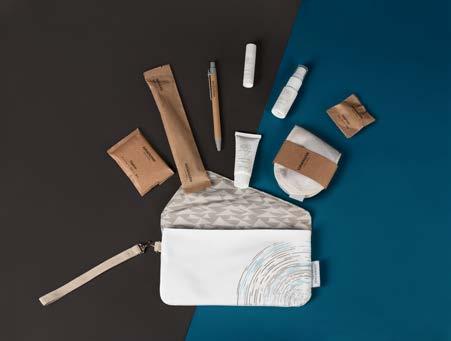
Guests have the option to add on extra amenities, such as Lōliʻi signature body products and recycled plastic eyeshades, on an a la carte basis. This not only reduces waste but also provides guests with a personalized experience.
When it comes to the world of children’s amenity kits, airlines often look across the ‘playing’ eld instead of ahead of it, supplying briefs that relate to onboard offerings of the recent past.
It’s this ‘tried and tested, if it ain’t broke, don’t fix it’ culture that means targets are met and everything is smooth sailing for another six months, but for how long will this be a sustainable approach?
Gone are the golden days of the 1950’s, where providing a blanket and comic book did the trick, and it’s no secret the advancement of technology has played an influential role in the development of today’s children. It’s even more unsurprising that children have become a more challenging customer for airlines in recent years. But are airlines really capitalising on the opportunity to capture their little hearts for future footfall with their current offerings? Are they using their story effectively enough to make meaningful connections with their youngest travellers? Afterall, it’s a scientific fact that stories are hard wired into our biology and the art of storytelling is a powerful tool of communication, connection, and marketing. Surely airlines should be asking themselves: What is the storyline? How are we reaching our younger audiences and making them part of the story? But it seems they underestimate the power storytelling holds in ensuring future brand loyalty.
Facts, figures and products are nothing without a story. Interweave them with an evocative narrative and you have the potential to inspire a feeling that is unforgettable. A feeling that can last a lifetime and is the key to ensuring young travellers grow into future customers who, with a sense of nostalgia, decide to book that very same airline for their children to have the same special experience.
But how do airlines tell their story and what should be the key features in realising a unique, relatable, yet fun offering? We delve into some of the essential touchpoints any airline should consider when adventuring into the unknown. Or quite simply, taking it back to drawing board.
Inevitably the conversation around tech has to be given a platform when discussing kids’ kits. But it’s come to our attention that stepping away from technology may ironically be the way forward. In the pre-pandemic era, there was an explosive emergence of tech trends including AI, Virtual Reality and Gamification. The pressure was on for airlines to cater to a generation of children that had the best of both worlds with their briefs heavily focused on integrating tradition with tech.
Now the perspective has shifted. The main question being: Is it really essential for children’s kits to incorporate tech in a bid to compete with children’s IPads and smart devices or even with the Inflight Entertainment that is readily available to them? Ultimately, there is a limited

amount of screen time a child can have, and with it being a part of everyday life, we’re beginning to wonder if it’s really guaranteed to make a long-lasting impression.
Growing up in a tech-instant world makes for shorter attention spans which means it’s essential for airlines to really foster children’s creativity, inspire their imaginations, and challenge their curiosity in more imaginative ways. With traditional games no longer the norm, they conceivably hold more power than we give them credit. Airlines have an opportunity to inspire younger audiences and make stronger connections by providing educational content that really challenges these little flyers whilst keeping things fun.


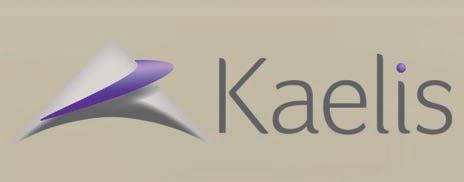

So ‘keeping things fun’ is a high priority and children’s kits that prioritise comfort is all down to the individual airline and the story they wish to promote. Undoubtedly receiving a dental kit like mummy and daddy is initially exciting, but eventually the novelty wears off and no real impression is made by the airline. If budgets are limited, airlines are likely to yield more returning customers in providing kits that entertain. But is there a market for a kit that offers FUN-ctionality? Functionality that is fun.
It may not be the right selling point for kids under 12, but what about those 12+ year olds that seem to get neglected? How are airlines making them part of the story? A portion of their younger travellers who are arguably the most influential. Wouldn’t a more functional kit specifically designed for these teen traveller’s help hook potential brand ambassadors for the future?
It’s paramount for airlines to consider that these teen flyers are starting to develop their own sense of identity, tastes in fashion, likes and dislikes and are at a formative age of brand awareness.
This begs the age-old question of the age divide and whether it really is maximising on the airline’s potential? Can an offering realistically span an age group across 6 years? It’s certainly a challenge that airlines need to pay close attention to as the activities included in their kids’ kits need to be attainable for the younger ages without boring the older ages, otherwise airlines can find themselves alienating both ends of the age range and losing a captive audience.
Some industry professionals are keen to explore an a la carte kids service, where every child receives the same bag spanning all age groups, with a choice of different content. It’s an initiative that could help to avoid waste, and with offering children a choice of 3 things from a selection of products, they are getting a kit that specifically appeals to their individual nature. There are of course pros and cons to this, but it may be a step in right direction in developing a specialised service no matter what age. In doing so, children are more likely to engage with the brand and feel a personal connection.
‘keeping things fun’ is a high priority and children’s kits that prioritise comfort is all down to the individual airline and the story they wish to promote.
While we’re on the topic of brands, a number of airlines opt for licensed branded kid’s kits. Their familiarity, quality and instant desirability reassures the airlines that their young flyers will be entertained throughout the journey. However, airlines must ask themselves, do these brands help to create a meaningful connection with the airline, or do they simply enhance the connection the child already has with the popular franchise?
With a third-party brand there are also certain restrictions with design and development, and longevity is limited with a shorter shelf-life due to consumerist demands. Airlines must diligently coordinate with the brand so that their bi-annual rotation of kits ties in successfully with the next franchise launch. These offerings are commercially very enticing, nevertheless there’s no guarantee the airlines demographic of children will actually resonate with the brand they’ve opted for.

This is where bespoke kits step in. With the freedom these kits allow, airlines have more potential to use their designs as a marketing tool whilst becoming part of the customer brand experience. When a child gets to know an airline’s own bespoke character, it creates a relatable touchpoint because it is singularly associated with the airline and their onboard experience.
Airlines are able to own and build upon the brand and characters in the future, not only providing longevity but also loyalty. Especially as these bespoke offerings aren’t available elsewhere creating a sense of exclusivity. But are airlines willing to trust in their own brand story and back themselves without getting distracted by consumerist brands that aim to dominate?
All in all, with so much to consider, airline professionals must put themselves in the child’s shoes, reimagining their own childhood dreams into onboard offerings whilst relinquishing any preconceived ideas of what a children’s kit should be in order to explore their own brand identity. By taking it back to the drawing board, airlines can engage their young flyers with their story, guaranteeing long-lasting connections for future brand loyalty.
Featured kits that keep things fun for kids from • Aircalin • Air Astana • Saudia • Air France
Equipped with fun and educational activities that the kids can play with whilst onboard and later with the family, creating that beautiful bond through the journey, and tapping into the importance of family in the Kazakh culture.
Additionally, the bags come with a QR code that explains a little bit more about the history of aviation in an entertaining way through a short video, as well as a video about Air Astana in the Skies for 20 years.
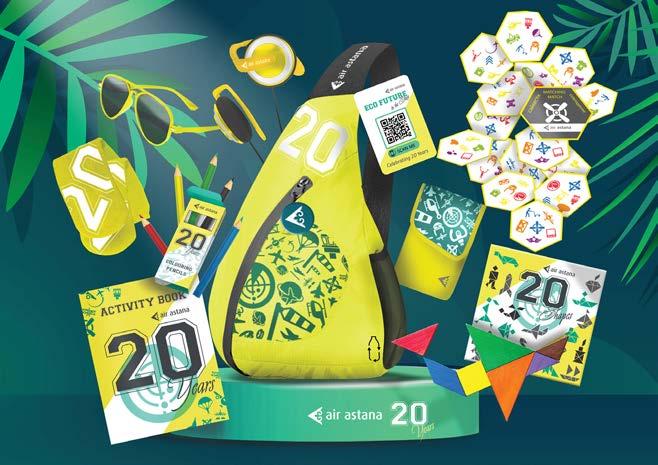

The Fantastic Four Aircalin mascots: the Talkative Turtle, the Swifty Seal, the Lazy Lizard and the Kind Kagul Bird, take you on a journey of sustainability, allowing the imagination of the young travellers free to explore the different aspects of recycling for a greener tomorrow.
Minions bring their mischievous humour, playfulness, and joy to kids travelling onboard Saudia.
The range for Saudia is a collaboration with the world’s most successful animated franchise and follows the record-setting movie Minions: The Rise of Gru, which ignited social trends across the globe.

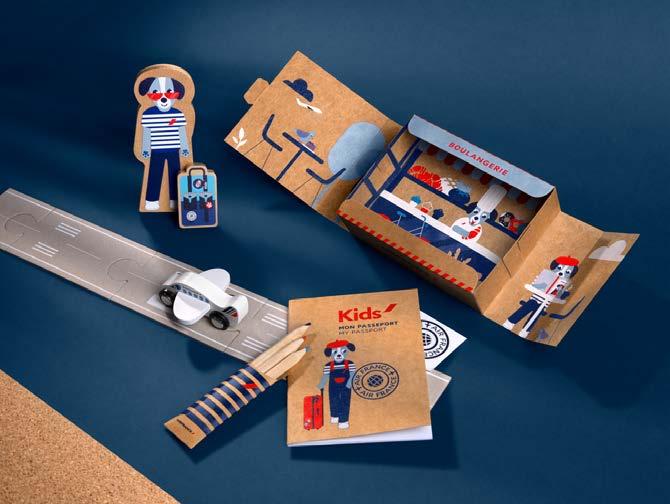
Air France is reinforcing its position as a familyfriendly airline.
Air France has developed its in-flight offering by focusing on the caring relationship between parent and child. The game box, whose packaging is made of 100% recyclable kraft paper, includes a figurine and accessories made of FSC-certified wood, allowing young children to play, tell stories, and have fun during the flight.















Since the global pandemic, the wellness market has ourished worldwide with mental health coming to the fore, and the average consumer exploring a more holistic approach to their everyday life.



According to global data and business intelligence platform Statistica, the size of the global wellness market in 2022 stood at 5.61 trillion US dollars, with numbers forecast to reach 6.82 trillion in 2024 and a huge 8.37 trillion by 2027.
Of 2022’s market value, the global wellness tourism segment accounted for over 466 billion US dollars. It therefore makes sense for airlines to be placing high importance on wellness when it comes to the passenger experience and their onboard offerings.
Slowly but surely, we have seen suppliers offering airlines new wellbeing solutions for when passengers take to the skies, but it is United Airline’s partnership with WESSCO International and Therabody that has made the first innovative move in whole heartedly supplying self-love.
This well-thought-out offering has a 360-degree approach starting immediately from the moment you step into United Polaris’ airport lounges, where passengers have the opportunity to use Therabody’s innovative devices including the Theragun and RecoveryAir JetBoots. With a boom in massage figures since the pandemic and its proven health benefits that help to reduce both anxiety and depression, it’s the perfect way for passengers to start unwinding before their journey. It might also help work out a few knots of tension after navigating the curse of check-in and airport security.
At the heart of United’s wellness experience is Therabody’s nourishing skin care products which are presented to passengers whilst onboard in a belt bag made from recycled plastics, specially designed to encapsulate United’s new holistic offering with a sustainable approach. The ritual of skincare regimes is simple yet therapeutic, gifting passengers with a moment of self-care that not only rejuvenates their skin with healthy hydrating products but allows them time to reflect.

The range of cosmetics includes:
Featured wellness kit from Therabody
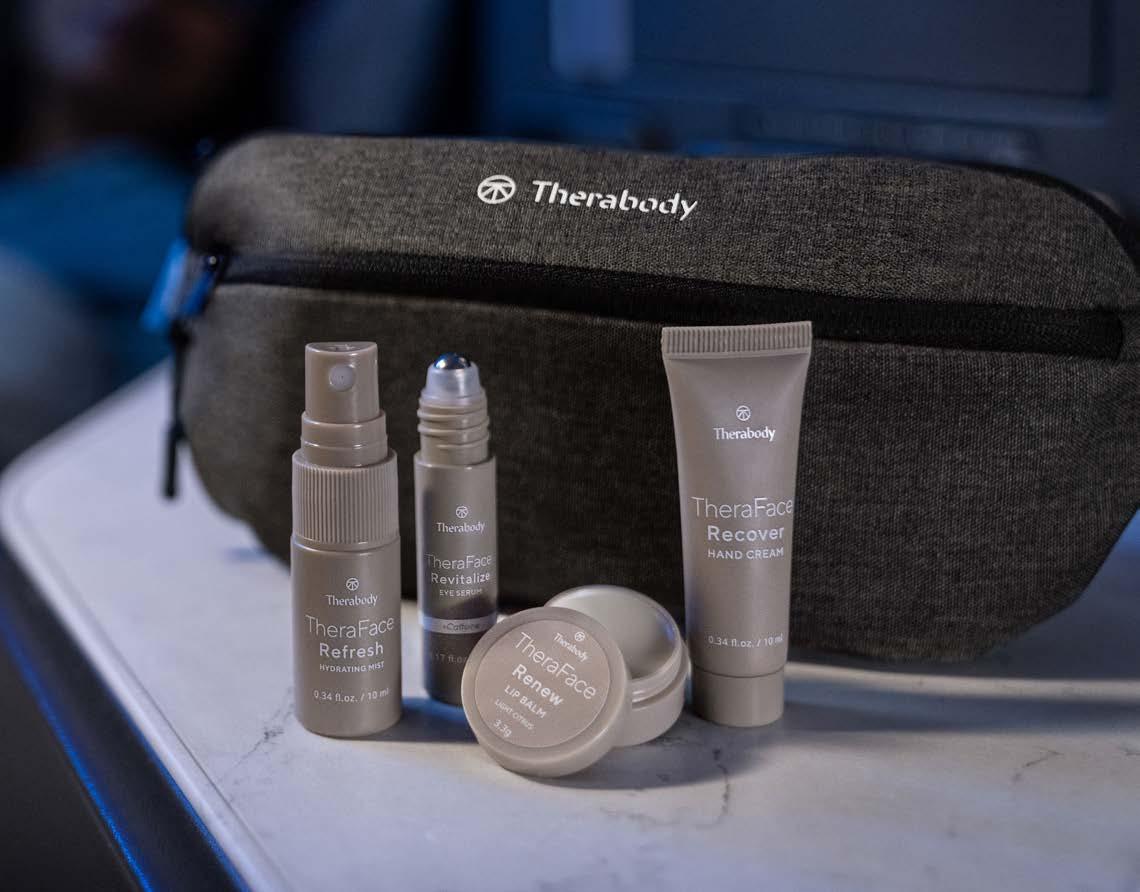
1. The TheraFace Eye Serum: Resting tired eyes with a comforting cocktail of Niacinamide, Caffeine, Hyaluronic Acid, Vitamin B5, and Allantoin, this fusion of ingredients helps to enhance that all important skin hydration whilst onboard as well as reduce puffiness.
2. The TheraFace Face Spray: This moisture boosting blend of Calendula Flower extract, Aloe Leaf juice, Glycerin, Hyaluronic Acid and Vitamin B, helps to soothe and hydrate the skin.
3. The TheraFace Cleansing Towelette: Infused with Vitamin B5 and E, Calendula Flower Extract, Aloe Leaf juice and Glycerin, this TheraFace treat promises to gently soothe and cleanse skin.
4. The TheraFace Hand Cream: Helping to keep hands moisturised during and post-flight, the TheraFace hand cream consists of Niacinamide, Hyaluronic Acid, Sweet Almond and Vitamin B5.
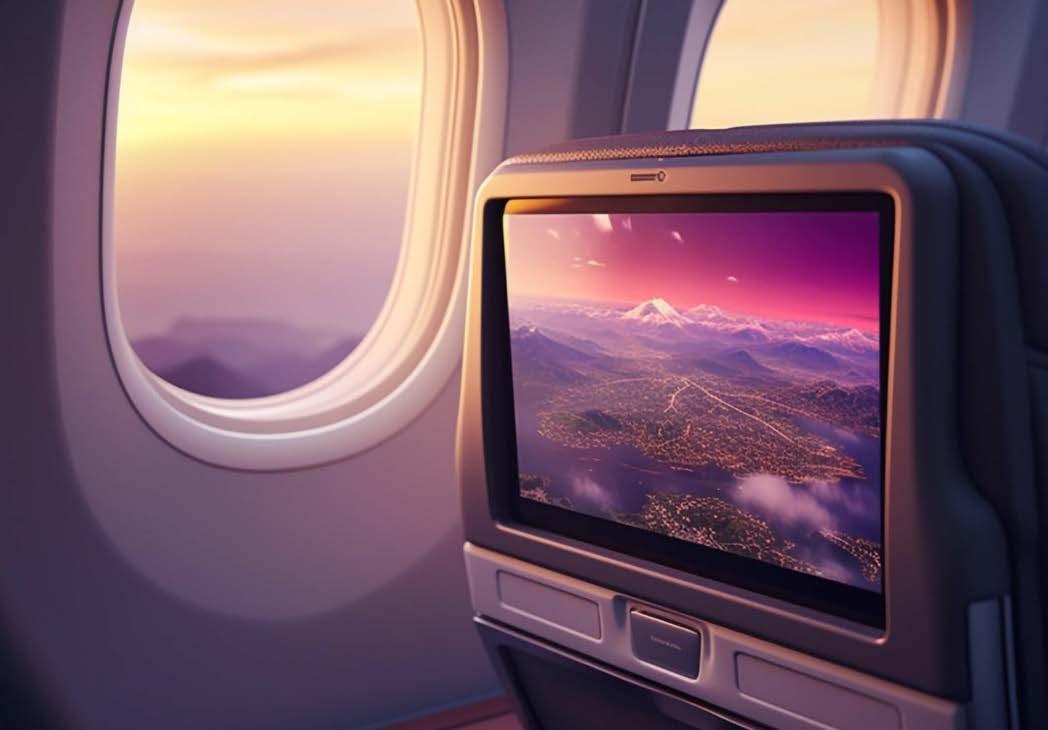
Last but not least, United Polaris promises to cultivate calm for the mind, body and soul with access to Therabody’s wellness videos whilst inflight, giving their passengers permission to switch off from today’s fast-paced work life, where more often than not rest is seen as reward rather than a right. With a big following of life gurus on the gram from the likes of Jay Shetty to Brene Brown, and the rise of Ted Talks centred around mental health and wellbeing, this final part of United’s offering is where the airline has dared to create a truly cohesive passenger experience.
For most of us when we fly, it is the only time we can go without answering work emails or getting back to that whatsapp group chat, and not feel a sense of impending guilt. A spa in the sky is what we need to maximise this time away from connectivity. This unique offering from United Polaris, encapsulates all aspects of wellbeing and is only just the beginning of a new era in amenities, leading the way for others to follow. As advocates of all things therapeutic, we can’t wait to see how other airlines effectively incorporate wellness into the passenger experience, across all cabin classes, and with the industry continually moving forward, who knows what the future will bring. One thing’s for sure, United Airlines is doing ‘well’.
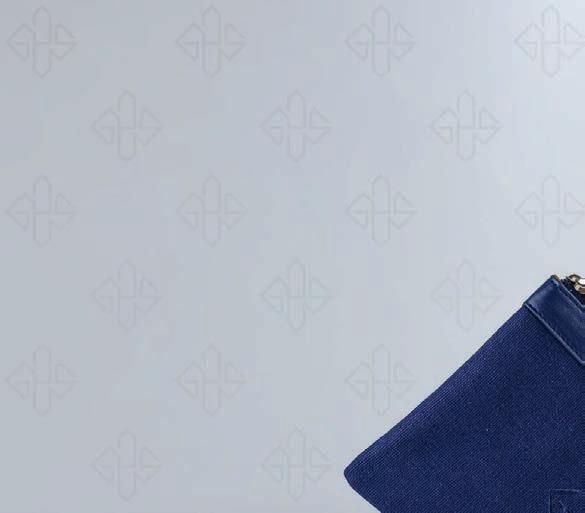



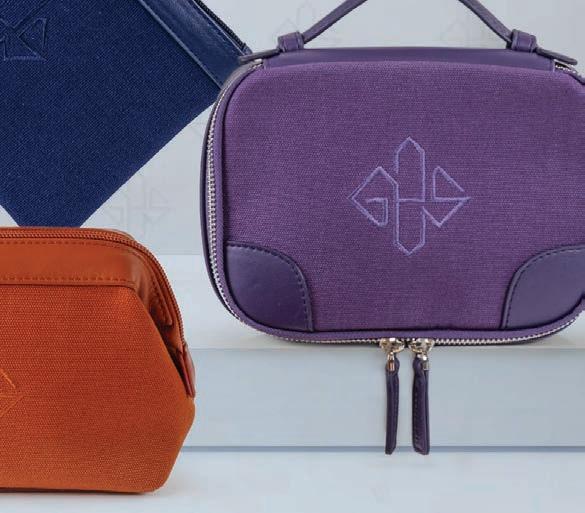
Linstol remains committed to serving as your purveyor of choice for passenger comforts and luxurious travel experience amenities. We provide these enhancements seamlessly in alignment with your highest expectations.
Join us at WTCE Booth 4E30 for a personal tour of new innovations in sustainable products, headsets, amenities, textiles and brand partnerships.



Branding has always played a pivotal role in the innovation of onboard amenities, offering airlines the opportunity to create their own unique identity that resonates with their passengers.
However, with the number of global consumerist brands increasing exponentially year on year, the airline industry fell victim to the epidemic and we witnessed an era of third-party luxury brands reigning over onboard offerings, not only with cosmetics but with the bag designs themselves.
But do these brand partnerships really help airlines reach their fullest market potential and are airlines missing an opportunity by not using their own branding for the exterior of the kit?
For a while, passengers bought into this new frenzy, but allow us to remind you; all that glitters is not gold. Now there’s a new challenge on the airlines’ hands, with customer consciousness reaching new heights and the ‘Aspirational’ consumer making up over 40% of the global buying public. Add the ethical consumer into the mix, and we can’t help but wonder if trusting in an ownbranded bag offering is the best way forward for airlines to avoid alienating potential customer footfall.
These ‘Aspirational’ consumers are on the lookout for brands that stand for something bigger than product benefits and that take action to make a positive impact in the world, with a bold vision of the future. Much like the ethical consumer, they also highly prioritise responsible and ethical consumption, sustainability credentials, and trust in brands to act in the best interest of society.
Taking all of this onboard, it’s vital airlines not only consider brands that align authentically with their own identity, but above all interrogate the CSR values of the brand they choose to partner with and how they fit effectively in line with passenger demands. Even if airlines opt for bespoke bags, the branded cosmetics inside still need to fulfil these newest passenger expectations.
With a wider demographic and psychographic of people travelling more than ever before, this could be near on impossible to please every single passenger that steps onboard. Their purchase power is a personal choice and so is their connection with their preferred brands.
So, in order to keep things personal, perhaps airlines can look to be ‘Aspirational’ themselves, trusting in their own brand story to create bespoke offerings. Without a third-party brand to answer to, it’s safe to say that there is undoubtedly a deeper sense of creative freedom and far more scope to be innovative and appeal to a wider audience of flyers. Already we have seen a few select airlines taking the lead to tell their own brand story.
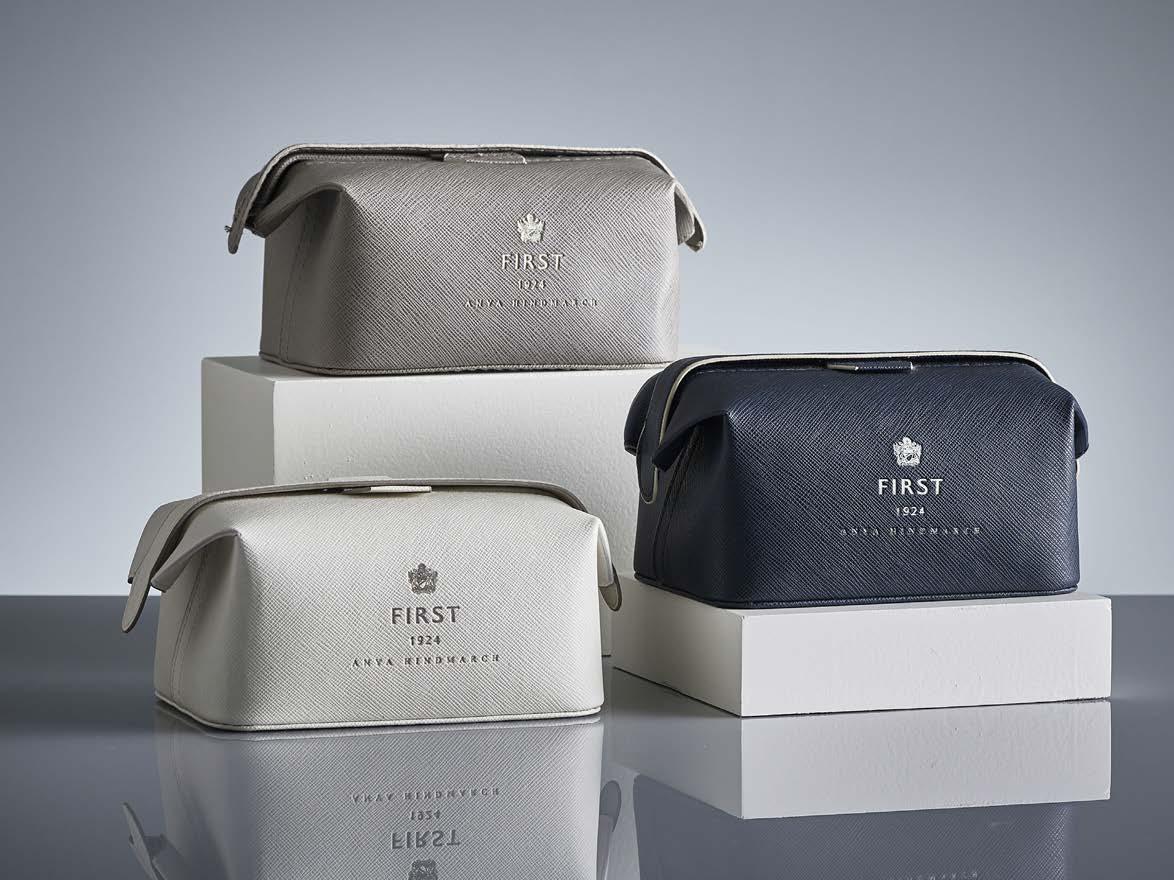
Featured onboard, long before this shift in the market, is the simply iconic British Airways Gladstone style bag designed by Anya Hindmarch. This first class offering was made of leather embossed with the original ‘To Fly,
To Serve’ coat of arms, also seen on British Airways’ aircraft tail livery between 1984 to 1997. This exclusive offering was the embodiment of BA’s brand identity and inspired other airlines to follow suit.
The now Iconic British Airways Gladstone style bag embossed with the original ‘To Fly, To Serve’ coat of arms designed by Anya Hindmarch
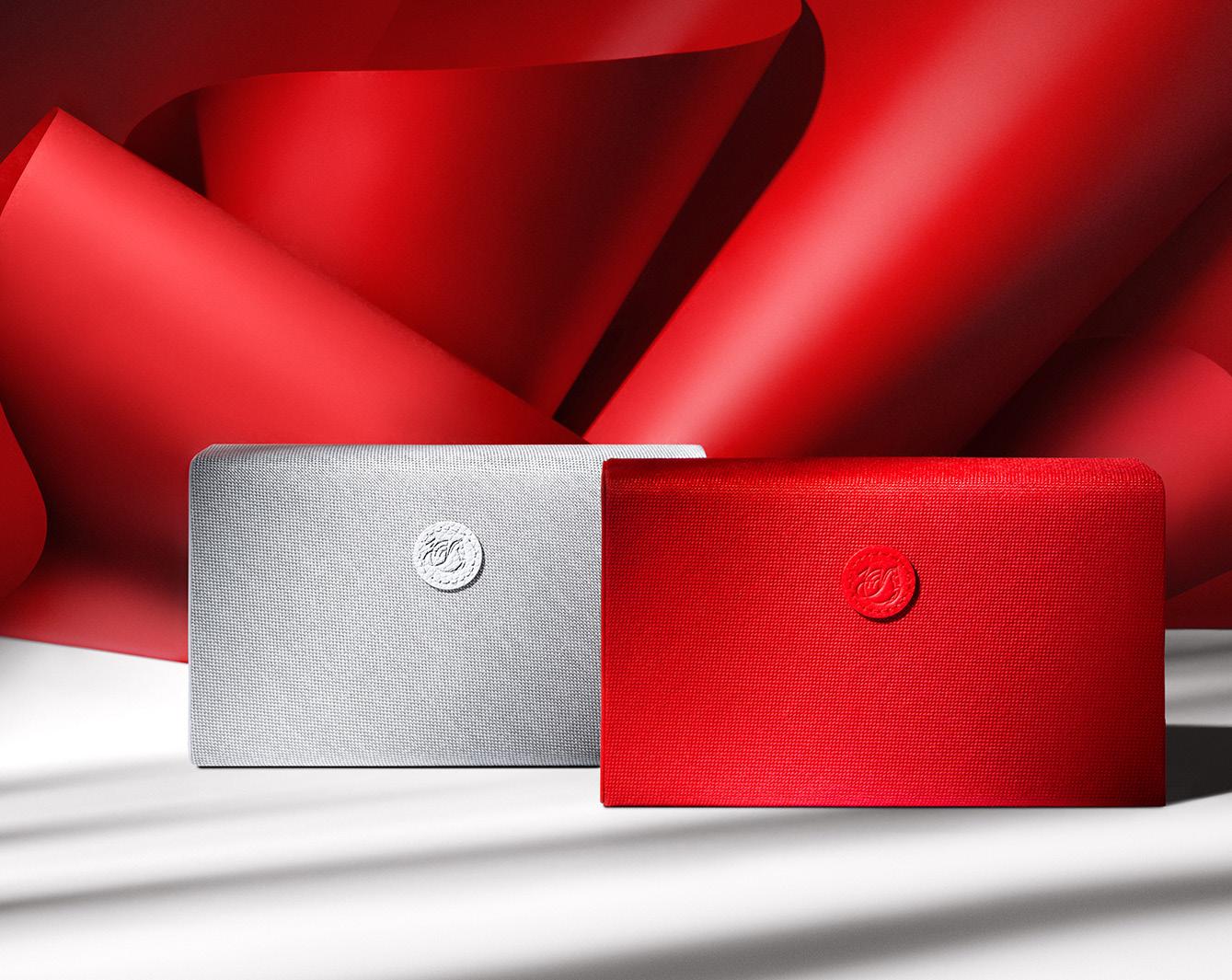
Another airline to take note of when it comes to ownbranded kits is Air France. Year on year, they have continued to deliver above and beyond with a number of own-branded kits that offer an undeniably unique and genuine travel experience with their simplified design of the original winged hippocampus; a mythological
creature with the body of a horse and tail of a fish affectionately nicknamed ‘the shrimp.’ This, paired with well-aligned cosmetic brands has enhanced their brand identity, without the third-party brand completely overshadowing it.
Air France First Class kits feature the original winged hippocampus, a mythical creature with the body of a horse and tail of a fish, affectionately nicknamed ‘the shrimp’.
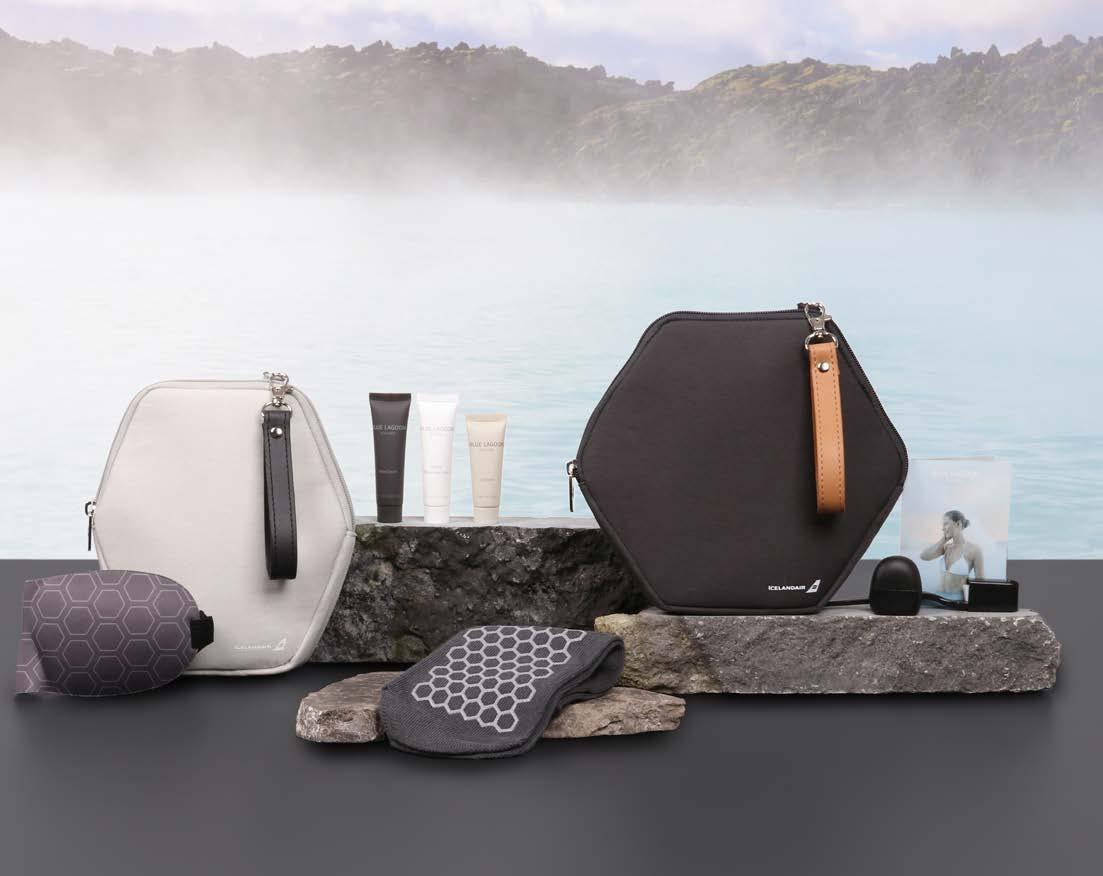
One airline in particular that has taking this a step further to appeal to this shifting market, and continues to innovate and re-imagine their brand story in positive impactful ways is Icelandair.
Their first onboard offering that really started to encapsulate the airline’s identity was a beautifully designed hexagonal shaped bag, that sparked customers’ imaginations with a nod to the Basalt Columns of Iceland.
Icelandair’s hexagonal bag design was inspired by the Basalt Columns of Iceland.

In December 2023, Icelandair introduced a new amenity kit that celebrates Icelandic art and nature, while focusing on sustainability and minimizing impact.
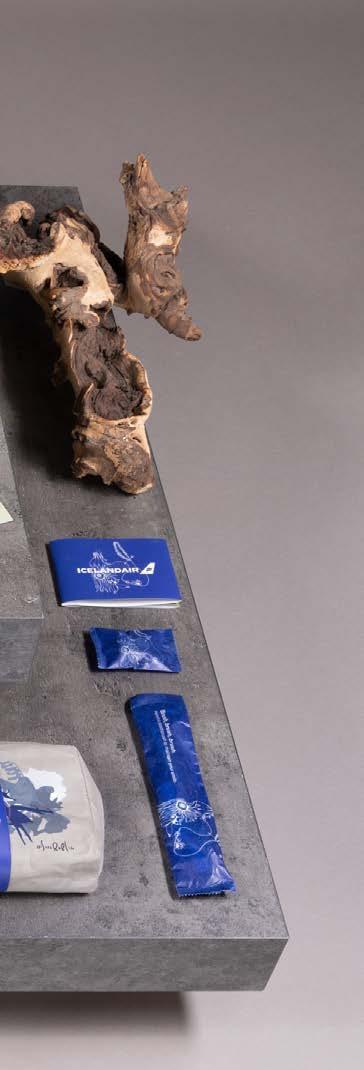
Taking their inspiration from nature a step further, in 2019 the airline introduced their “Dýralíf” collection of business class kits that paid homage to Icelandic wildlife that aimed to embody the essence of Iceland and incorporate environmental values into a meaningful onboard offering. The designs included the puffin, arctic fox, Icelandic horse and raven. Along with telling their Icelandic story, the airline was determined to reflect their eco-conscious efforts in their offering and so worked with supplier, WESSCO International, to use a range of eco-friendly and sustainable materials including recycled canvas, vegan leather, and felt made from recycled plastic bottles for each purse.
In 2023, the airline continued on their journey in delivering another onboard kit that embraced Icelandic art and nature with a strong emphasis on sustainability. It’s this work from Icelandair that can inspire other airlines to step away from conventional mainstream brands and create their own identity, specifically tailored to their flyers and their own bespoke passenger experience.
As a new era of ‘Aspirational’ consumers takes hold, airlines have the opportunity to use own-branded kits not only as a marketing tool but as a means to promote their vision for the future and their position in it, capturing this ever-growing sector of the consumer market. Featured aspirational kits from • British Airways • Air France • Icelandair
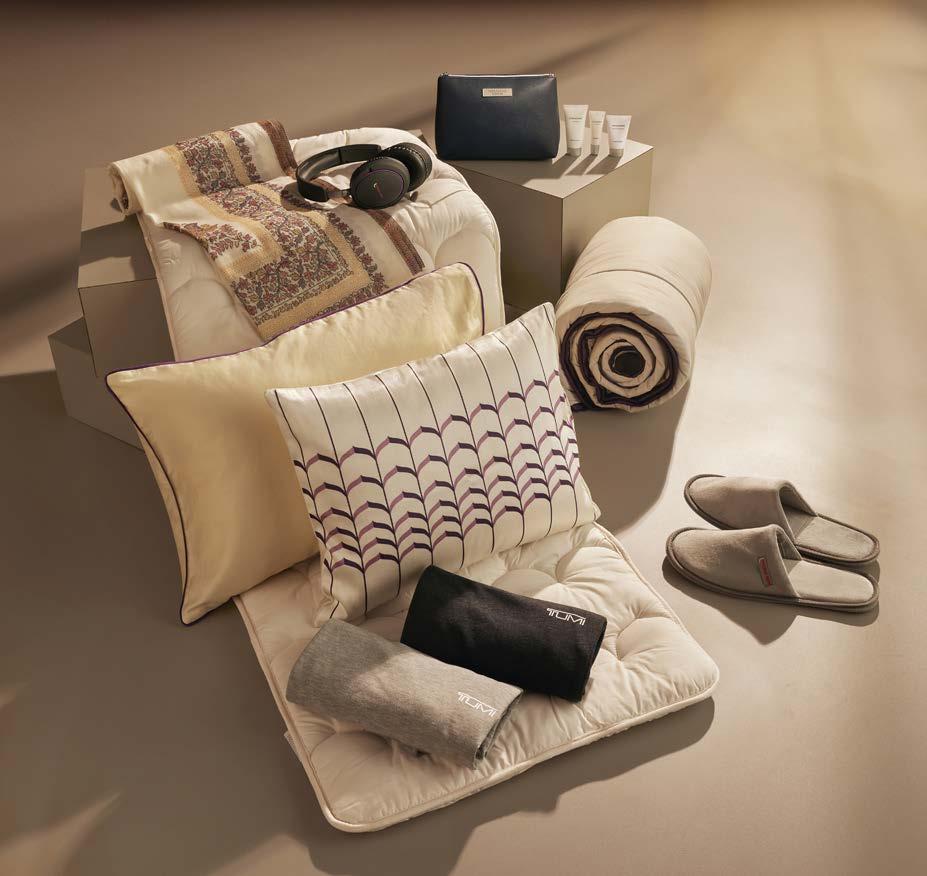
Global-C has developed a plush duvet and mattress seat topper with premium multi-layer materials, including memory foam, to ensure a rejuvenating sleep for passengers. TDHIL India provides a premium wool blend blanket designed to capture Air India’s brand personality: progressiveness, warmth, vibrance, and boldness. Kaelis supplies the Business Class Duvet Collection, inspired by the peak of the gold window frame, signifying limitless possibilities and a bold outlook for the future.



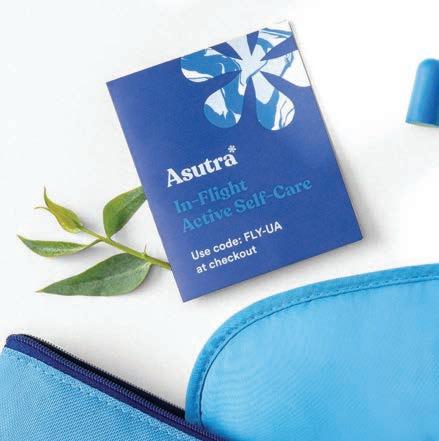
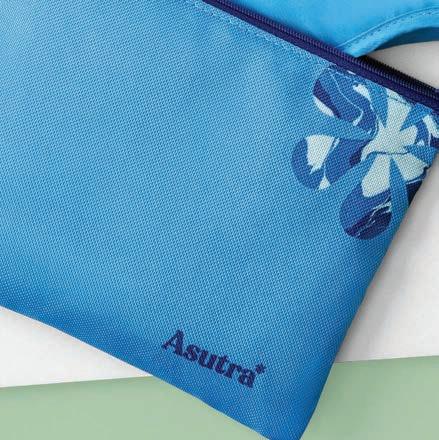











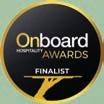




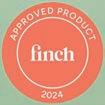




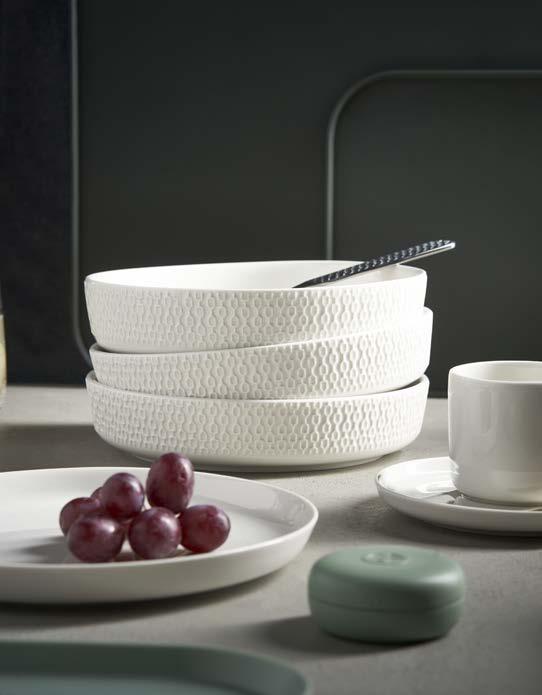
Residence and First Class: Receive a stylish Giorgio Armani x Etihad branded large folio bag, an industry-leading size that seamlessly combines fashion and function.
The bag includes luxurious ESPA skincare products such as Nourishing Lip Treatment, Hydrating Spa Face Mist, Restful Pulse Point Oil, and Rest and Recovery Night Balm. Additionally, it contains new loungewear that is perfect for relaxing or sleeping during the flight and is stylish enough to be worn after the journey. The top features a Henley neckline, and the set also includes slippers in a matching tonal print.
Business Class: Features ‘The Dunes’, a modern print inspired by the rolling sands of the stunning Liwa desert in Abu Dhabi. The iconic Cube bag features clean lines and a geometric silhouette, creating a sophisticated and contemporary accessory.
ESPA provided a Nourishing Lip Treatment, Hydrating Spa Face Mist, and Rejuvenating Hand and Body Lotion, along with an eye mask, earplugs, and a travel dental kit.
Tableware: Etihad and Armani/Casa have collaborated to introduce The Constellation Collection, drawing inspiration from the UAE’s heritage of stars. The collection offers a complete dining service with chinaware, glassware, and cutlery, providing a luxurious in-flight experience.
The cutlery is elegantly tactile, bringing the unmistakable Armani/Casa experience to guests. It redefines luxury dining in the sky with durable, high-quality materials and innovative designs, supporting the airline’s commitment to sustainability.
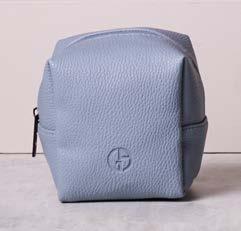
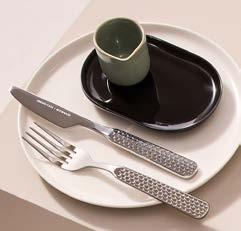
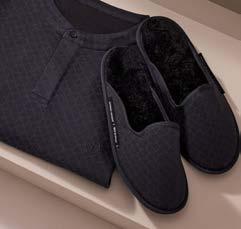


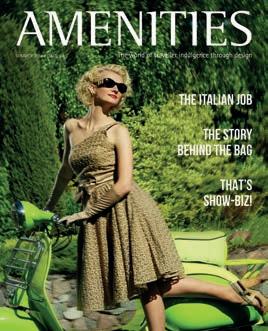

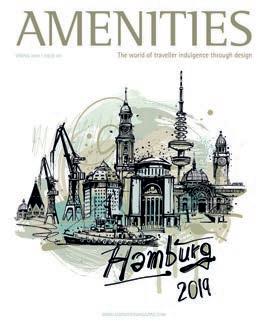





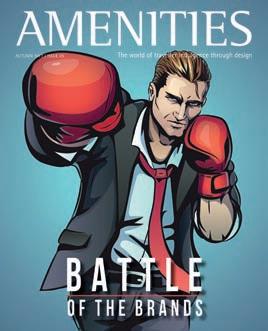

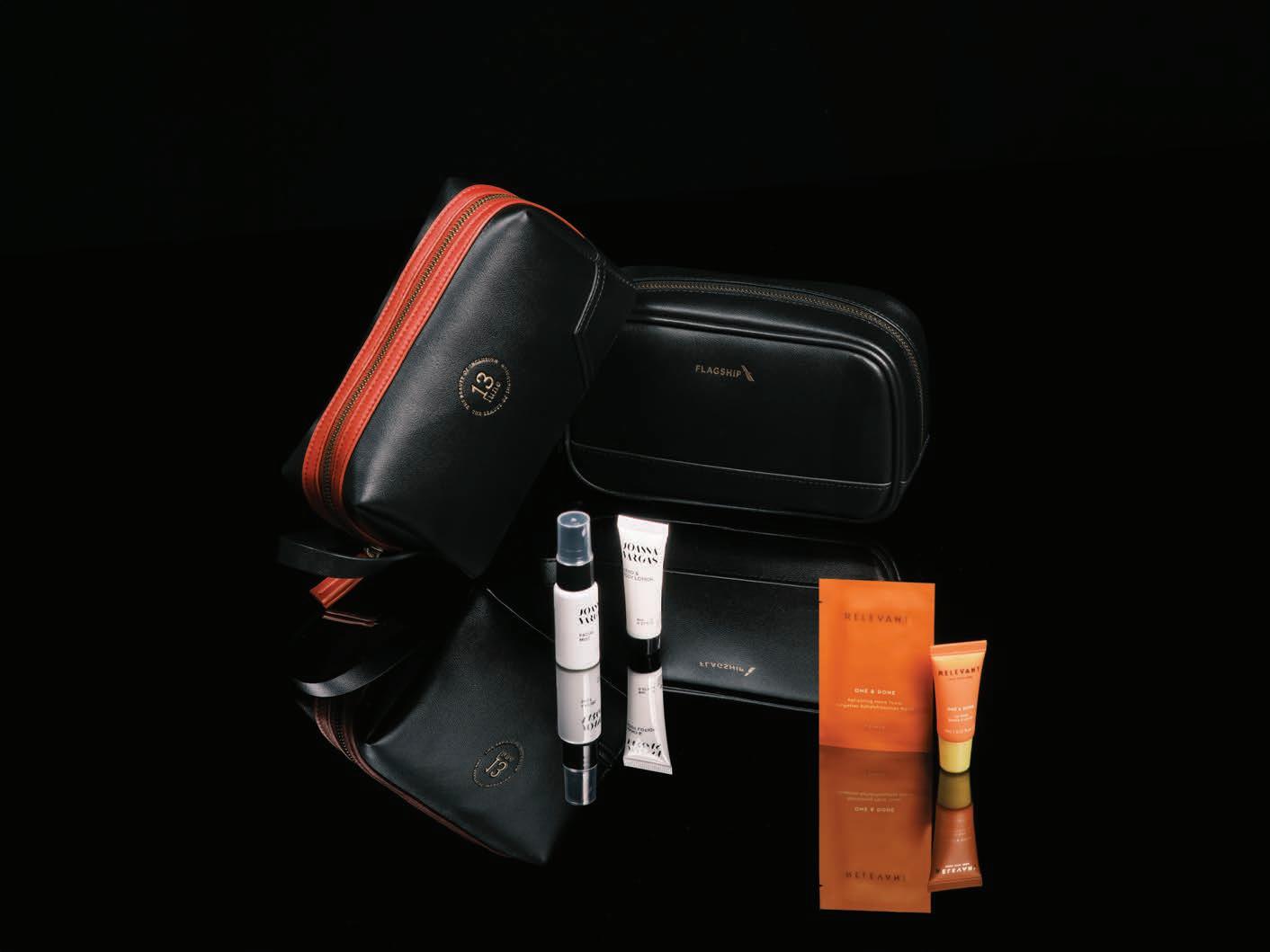
Thirteen Lune and American Airlines® create a unique collaboration to introduce the skincare brands of inclusive beauty platform, thirteen lune, to premium passengers worldwide.